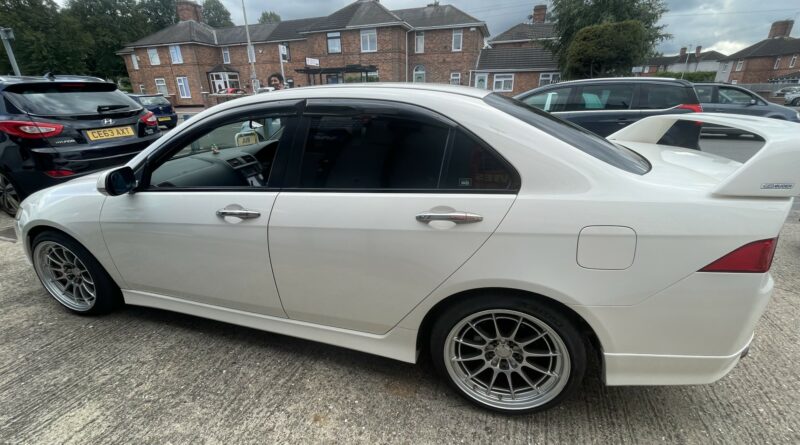Comprehensive Guide to a Used Honda Pre-Purchase Inspection
Honda vehicles are celebrated for their reliability, fuel efficiency, and overall performance. To ensure you make a confident and well-informed decision, a thorough pre-purchase inspection is essential. Embarking on the journey of purchasing a used Honda is an exciting endeavor. In this guide, we’ll walk you through the key elements of inspecting a used Honda, helping you navigate towards a smooth and satisfying ownership experience.
- Exterior Examination:Begin your inspection by scrutinizing the exterior of the Honda. Look for any signs of rust, dents, or scratches. Pay close attention to the paint condition and check for uniformity. Inspect the tires for even wear and adequate tread depth. Ensure that all lights, including headlights, taillights, and turn signals, are operational.
- Engine Health:Pop the hood and inspect the engine bay. Check for oil leaks, loose hoses, and damaged belts. Verify that all fluid levels, including oil, coolant, brake fluid, and transmission fluid, are within the recommended ranges. Start the engine and listen for unusual noises, ensuring a smooth and steady idle.
- Transmission Assessment:Test the transmission by smoothly shifting through all gears. Pay attention to any hesitations or rough shifts, as these can be indicators of potential issues. If the Honda is equipped with an automatic transmission, ensure it engages and disengages without any delays or jerks.
- Suspension and Steering Inspection:Evaluate the suspension system by bouncing each corner of the Honda. Look for signs of uneven wear on the tires, as it could indicate suspension problems. Check the steering for responsiveness and any noticeable play. Inspect the shocks and struts for leaks and overall condition.
- Brake System Evaluation:Examine the brake components, including pads, rotors, and calipers. Verify that the brake fluid is at the correct level and inspect for any leaks. During a test drive, assess the brakes for smooth and consistent stopping power without vibrations or unusual noises.
- Electrical Systems Check:Test all electrical components, such as lights, wipers, power windows, and door locks. Inspect the functionality of the air conditioning and heating systems. Check for warning lights on the dashboard and ensure that all gauges are operating correctly.
- Interior Inspection:Evaluate the interior for wear and tear. Inspect the seats, dashboard, and carpets for any signs of damage. Check the functionality of the infotainment system, controls, and buttons. Look for any unusual odors, which could indicate issues with the ventilation or leaks.
- Undercarriage Examination:If possible, lift the Honda to inspect the undercarriage. Look for rust, damage, or signs of previous repairs. Check the exhaust system for leaks, and examine the condition of the suspension components and the fuel system.
- Test Drive:Take the Honda for a test drive to assess its on-road performance. Listen for any unusual noises, evaluate the steering response, and check for vibrations. Test the acceleration and braking systems, and ensure that the vehicle handles well and tracks straight.
A thorough pre-purchase inspection of a used Honda is a prudent step toward a satisfying ownership experience. By carefully examining the exterior, engine, transmission, suspension, brakes, electrical systems, interior, and undercarriage, you can make an informed decision about the vehicle’s overall condition. Whether you’re a seasoned car enthusiast or a first-time buyer, investing time and attention in the inspection process will help you confidently navigate towards a smooth and reliable ride in your used Honda.
Buying a used VW. Buying used vauxhall, BMW, Jaguar, Ford, Volvo, Range rover, Bentley, Aston Martin, Porsche, Ferrari, Lamborghini, Maserati, Hyundai, Tesla, Jeep.

